The Article
BUDGET HIFI ACCESSORIES BUYER’S GUIDE
17th January 2022
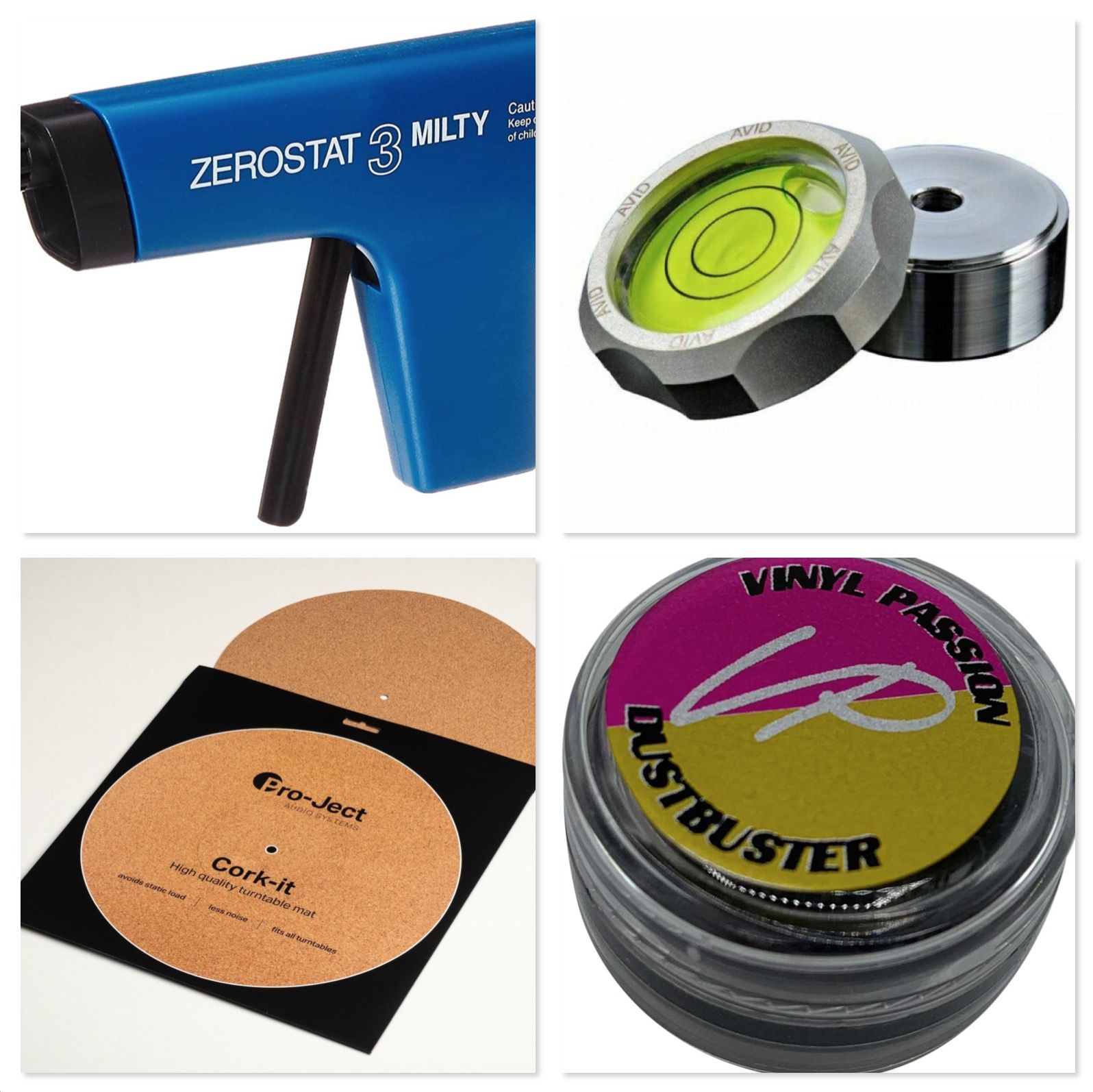
Looking at a range of hi-fi accessories and ancillaries priced at £60 or less, Paul Rigby offers his suggestions for the best budget accessories currently on offer on the market
All of these budget items should be of use in and around your hifi and your listening room. Most will be applicable to vinyl because vinyl is an accessory-rich musical format but I’ll roam in other directions too, never fear.
All of the Top 10 budget items I have here are presented for your delectation in no particular order. I’ve used each and every one at some point and I recommend them all use. Once the Top 10 have been riffled and sorted, I have added a couple of extra bonus items at the end, which are not part of the ‘under £60’ template. Items I have not used right now but items that have caught my eye and might be of interest to you.
Check out the end of the feature to see those.
Finally, this is a quick budget Guide not a full blown review of any of the included products. If you’d like to see a review of any of the products featured here, then give me a shout in the Comments section.
So let’s get on with the show. Please welcome contestant No.1…(There’s no swimwear section in this one. Not after the protests.)
RECORD INNER SLEEVES
Price: £40 for 200 [typical price]
Contact: www.soundswholesaleltd.co.uk
We’re starting simple with the first budget item here. I should really do an entire feature on this subject and go into all of the ins and outs (pun intended) of the sleeve genre but here’s a quick overview for now.
The inner record sleeve is an oft ignored and much misunderstood item that is absolutely essential to your record’s future life.
Too many old and even new record releases are packaged in a paper sleeve. This insidious little item is normally included only because it’s dirt cheap and you can’t see it. Most of label’s packaging budget is aimed at the outer sleeve. The thing that’s supposed to draw you in. The part that makes the sale. The inner sleeve can go hang, as far as most record labels are concerned. Nevertheless, if you buy a record that arrives with a paper inner then carefully remove the record from the sleeve…and then scrunch up the sleeve and throw it in the bin. It’s useless and actually harmful.
It’s useless because part of the reason for the existence of an inner sleeve is to keep out the dust and dirt and paper sleeves are not the best tools to do that. They tend to allow easy access for grime to seek out the record. Also, every time you insert and remove your record, the paper itself acts as a fine sandpaper, actually harming the record surface. Yes, the damage is subtle, but it’s there and I’d rather it was not there at all.
A better option is a paper inner sleeve coated with a soft plastic inner which does a better job of preventing dust access to the record surface but it’s also kinder to the record.
Yes, you can buy budget inners made purely of soft plastic but I find that they lack structure and cohesion which means that they tend to buckle and bunch up as you insert the inner into the outer sleeve, often exposing the record to dust as it sits in the outer sleeve.
There are stiffer plastic inners from the likes of Mobile Fidelity and these are excellent but they are relatively expensive (£40 for 50 sleeves). These cheap inners do a great job and I’ve never regretter sticking with them – especially at 200 sleeves for the same £40.
OUTER SLEEVES
Price: £44 for 500
Contact: www.soundswholesaleltd.co.uk
Outer sleeves are your first defence at keeping out dust and grime from the surface of the record. The outer sleeve also protects the record sleeve itself against scuffing. Just inserting and removing a record from a packed record shelf will cause damaging scuffing and wear to the records sleeve. Outer sleeves are essential, therefore.
At first glance, heavy-duty outer PVC sleeves are the sleeves of choice but I avoid them. They can, over time and depending on the storage conditions and the record sleeve itself – stick to the the record sleeve. I’ve bought second-hand records in the past with a PVC outer sleeve in place and found the the outer sleeve was not only stuck to the sleeve but if I tried to separate the record sleeve from the PVC outer, the PVC outer sleeve actually pulled much of the varnish and artwork away from the card record sleeve.
Also, as they age, I find many PVC outer sleeves become brittle, cracking and creating holes, especially at the corner positions, which allows dust entry while reducing the overall protection to the record sleeve.
Hence, I go for soft polythene outer sleeves. They are light, they never stick to the record sleeve, they are often easier to slide on and off the record sleeve because PVC outer sleeves can be a little tight fitting in many cases and – even better – they are cheaper than PVC outer sleeves.
You may buy from a retailer that offer a choice in gauge: light and heavy. I’ve recommend opting for the heavier gauge. They are slightly stiffer and their extra weight means pulling out and inserting records is easier to do.
The heavier gauge budget sleeves don’t buckle, they don’t slip around the shelf as much either. Sometime light gauge polythene sleeves like to float off a record sleeve on their own volition. Heavier gauge examples tend to stay put. Nevertheless, I’d still go with the lighter gauge polythene outer sleeves than PVC.
SOUNDECK DF DAMPING ISOLATION FEET
Price: Price: £52 – for a set of four
Contact: soundeck.bigcartel.com
Designed to sit under hi-fi components to reduce vibration and thus lower high-frequency noise, which improves clarity and enhance detail, these little feet are compact and tough.
They consist of two plates of steel in either a 75mm square shape or 80mm circular disks. They are bonded together with, a visco-elastic polymer. As the metal plates are agitated with vibration, they flex. This movement stretches and contracts the microns in the polymer which generates heat. This energy transfer is where the noise goes.
Anything can sit on top of these things such as amplifiers, turntables, CD players, even speakers. Do they work? Absolutely. I love them. I use them under my turntable, at the moment.
SOUNDECK VTAA VERTICAL TRACKING AND AZIMUTH TOOL
Price: £10
Contact: soundeck.bigcartel.com
One of the simplest budget tools I use in hifi but also one of the most useful, this is basically a slab of acrylic covered with lines and a grid. I use it when installing or tweaking a turntable’s tonearm to measure the tonearms vertical tracking angle or the azimuth. You can see the tool in action here. One of its great strengths is that its thick enough to stand up on its own so you’re free to use your hands for adjusting the tonearm instead of keeping the gauge vertical. The acrylic is strong and clear, the guidelines and grid are printed clearly and offer good contrast. Basically, it works. A brilliant little tool. Every turntable owner should have one.
VINYL PASSION DUST BUSTER
Price: £21
Contact: www.missinglinkcables.co.uk/acsessories
When cleaning a turntable’s stylus tip, there are a host of cleaning options. The most popular is either to use a stubby brush to remove stylus debris by friction or to use a brush to apply alcohol directly to the stylus tip to remove grime.
I’m not a fan of either. I don’t like the stubby brush method because, for me, there’s a lot of stress being applied to the stylus tip by the brush itself which may weaken the bond that keeps the stylus tip stuck to the end of the cantilever. Secondly, soaking a stylus tip in alcohol may also weaken those same bonds. I did a full investigation on all of this for an exclusive Patreon Guide which you can check out via that page. That Guide also includes interviews with both Goldring and Ortofon.
Instead, I prefer to clean my stylus by dipping it into a sticky pad. One of the best value accessories in this genre is Vinyl Passion’s Dust Buster. The idea of this gizmo is to place the exposed pad on the stationary turntable platter and then gently and carefully, while holding onto the tonearm’s finger lift, dip the stylus onto and hopefully into the pad (just a tiny bit). That is, the stylus sinks a little into the pad itself. When the stylus is lifted from the pad, the muck has been dragged off the stylus tip and now remains on the pad and off the stylus. Repeat that two to three times in different parts of the pad (don’t just do this once) to prevent recontamination and you’re sorted.
There’s no liquid involved, there’s no stress on your stylus tip, it’s gentle yet effective.
DISCO ANTISTAT
Price: £50
Contact:
EUROPE – https://amzn.to/3tzZgHt
Now I have produced a full review of this product HERE. So if you want an in depth look, check out that review.
Basically, this is a budget manual vinyl cleaner. In operation, you take your record and clamp it between two pieces of circular plastic that effectively covers and protects the record label during cleaning.
You then lower – vertically – your dirty record into a bath full of cleaning liquid. The lower part of the record is submerged into the water. The upper part of the record is supported by an axle that runs through the label clamp and the record’s spindle hole and is supported on top of the Disco Antistat’s bath. At this point, you rotate the record in the bath which is scrubbed by two goat hair brushes fixed inside the bath itself .
After cleaning, the record is lifted from the bath, the clamps are removed and the record is placed on a supplied rack, for drying.
The Disco Antistat is the best manual cleaning machine on the market. Simple as that. Don’t use the supplied cleaning liquid, though. It’s the only poor part of the entire product. Read my review for guidance on in that area.
MILTY ZEROSTAT 3
Price: £60
Contact:
USA – https://amzn.to/3GxxGOy
EUROPE – https://amzn.to/3KlgsGo
Static is an issue, if you’re into vinyl. Static electricity builds up on the surface of your vinyl during use. Why? Because vinyl is full of peaks and pits. When it rubs or is somehow agitated against another material it produces a charge, because vinyl itself is not conductive, the electricity builds on its surface but the movement causes the electrical build up to move and deform producing varying changes of voltage across the vinyl surface. So, when the charge – as small as that charge might be – finds a way to escape, such as touching a stylus tip, you hear your pop and crackle noise through your speakers.
The Zerostat 3 is available to stop that happening. The Zerostat 3 is a gun-shaped device set in moulded hard plastic that produces a combination of positive and then negative ions at the ‘target’ area. The idea is too neutralise the area of static charge.
In action, you point the gun at your vinyl, point it at the spindle hole to give the ions an even spread. Hold the gun about 12 inches from the centre of the record and gently squeeze the trigger. Then, when you can’t go any further, maintain the gun’s position and slowly release the trigger. Sorted.
The Zerostat reduces the static on your vinyl disc (it doesn’t remove that static, it reduces it) but that job is enough to remove the risk of a discharge on your vinyl disc, providing a more silent play back. Static also pulls dust particles to it which is why vinyl records can be covered with the stuff. Using the Zerostat on your record surface will thus lower the amount of dust attracts to the vinyl surface. It’s a valuable and useful tool for all vinyl fans.
IKEA KALLAX
Price: From £15
Contact: www.ikea.com
One of the most ubiquitous budget storage solutions on the face of the planet and the saviour for all vinyl collectors the world over. And in a variety of colours too.
Made from a relative low cost particleboard/fibreboard and covered in an acrylic, easy to clean covering, Kallax is initially presented as a flat-pack package that you will need to construct. All of the parts and tools are made available, ready for use, except for screwdriver or two. I found a hammer useful too.
Kallax is offered to you as one or more open cubes, with no front or rear protection – although you can retro fit drawers and doors to these squares for an extra fee. Used in its basic configuration, the Kallax product can be bought in varying sizes and shapes featuring a single square space up to a larger 25 square structure. Each individual square space is perfect to store vinyl because there remains a useful gap above the records to enable easy extraction from the shelf. For those on a budget, the Kallax is a perfect storage option and once in place, is pretty strong and secure too.
BUBBLE LEVEL
Price: from £10
Contact: Various
A simple yet useful tool for all hifi components. Especially those with sensitive and moving parts like a turntable or CD player. If set on an uneven surface, moving parts and even some connections can be placed under stress which might affect its performance.
Hence, a bubble level is a critical tool to quickly make sure your component is level. Bubble levels can be found all over the place are staple products in any hardware store. They’re all over the Internet too.
In broad terms, I would recommend a low profile, circular design to give you an instant 360 degree measurement so you can instantly see a possible tilt in any direction. I’d also recommend a clear and open reading on the surface. One that’s not masked by a host of markings that might obscure your view. Finally, check to see how sensitive the bubble measurement is – I have seen some bubble levels that are a little sluggish when moved, so be aware of that one.
The one I use is a pretty expensive £60 example from AVID (www.avidhifi.com)which works beautifully but, as I say, there’s a host of much cheaper aorrnatives out there. Just take your time when choosing one. Don’t just grab the first cheapo sample you see.
The AVID bubble level also arrives with a 7″ single adaptor. The bubble level can fit over the top of the adaptor so the level can then be placed at the very centre of your turntable for a reading. Finally, hifi bubble levels are better than standard DIY levels because the latter are often too heavy to use – for example – on sensitive or sprung turntable platters.
CORK-IT PLATTER MAT
Price: £18.50
Contact:
EUROPE – https://amzn.to/3FxqPTX
USA – https://amzn.to/3tARZHo
One of the quickest and simplest budget upgrades you can possibly make to your turntable is the cork platter mat. Just remove the old mat currently on the EVO’s platter and place this new mat one the centre spindle of the platter. Job done. Ideal if you have a default rubber mat. And while felt mats are very nice in sonic terms and work well, a cork mat will enhance sound further still: lowering the noise floor, enhancing fine details and calming the soundstage as a whole.
Yes, there are superior platter mats to the cork example featured here but they’re all more expensive and I wanted to show you how you could enhance the sound of your turntable for just a few pounds.
BONUS ITEMS
Before we go, let’s look at the promised bonus items. These are items that took my eye for one reason or another and at least one runs over my £60 limit. I haven’t used them yet. If you’d like me to have a closer look then, by all means, give me a shout in the Comments section and I’ll call them in for review. So here’s a very quick overview for you for now and we have two from a company called Glorious…
Glorious Vinyl Frame Displays
Price: £30.00
Contact: www.henleyaudio.co.uk
EUROPE – https://amzn.to/3IiGvfP
The price buys three frames in which to display your favourite LP covers. Available with a wide black or white frame and finished with a glass cover, its a simple way to display your favourite sleeve art.
Glorious Turntable Lowboard
Price: £199
Contact: www.henleyaudio.co.uk
USA – https://amzn.to/3KjQlQb
EUROPE – https://amzn.to/3I9By8Q
The Glorious Turntable Lowboard provides a base on which to display your turntable. It stores up to 130 records, houses your set-up’s amplifier and includes shock-absorbing rubber feet. Made of wood and channelling a 1960s vibe, it’s not my choice for absolute audiophile sound support but, if you’re looking for a retro look for your system or if you’re running a vintage hifi chain or a second system, then this one’s worth a look.
Reloop 60 Record Case
Price: £45.00
Contact: www.henleyaudio.co.uk
USA – https://amzn.to/34MtY5B
Record cases don’t just have to be the domain of DJs. Audiophiles can use them to move records from one room of the house to another, to use as a temporary storage solution for a second system or even to separate particular records forgone reason or another. Finally, your own location might not be able to house storage shelving so a box like this might be your only option. The Reloop 60 Record Case provides space for up to 60 albums, features foam padding and is built from aluminium-coated wood.
CONCLUSION
And that’s it, folks. I hope you found something of use in that lot. If you have enjoyed this budget accessories feature, please let me know and I might dig up other Guides devoted to other areas of HiFi.

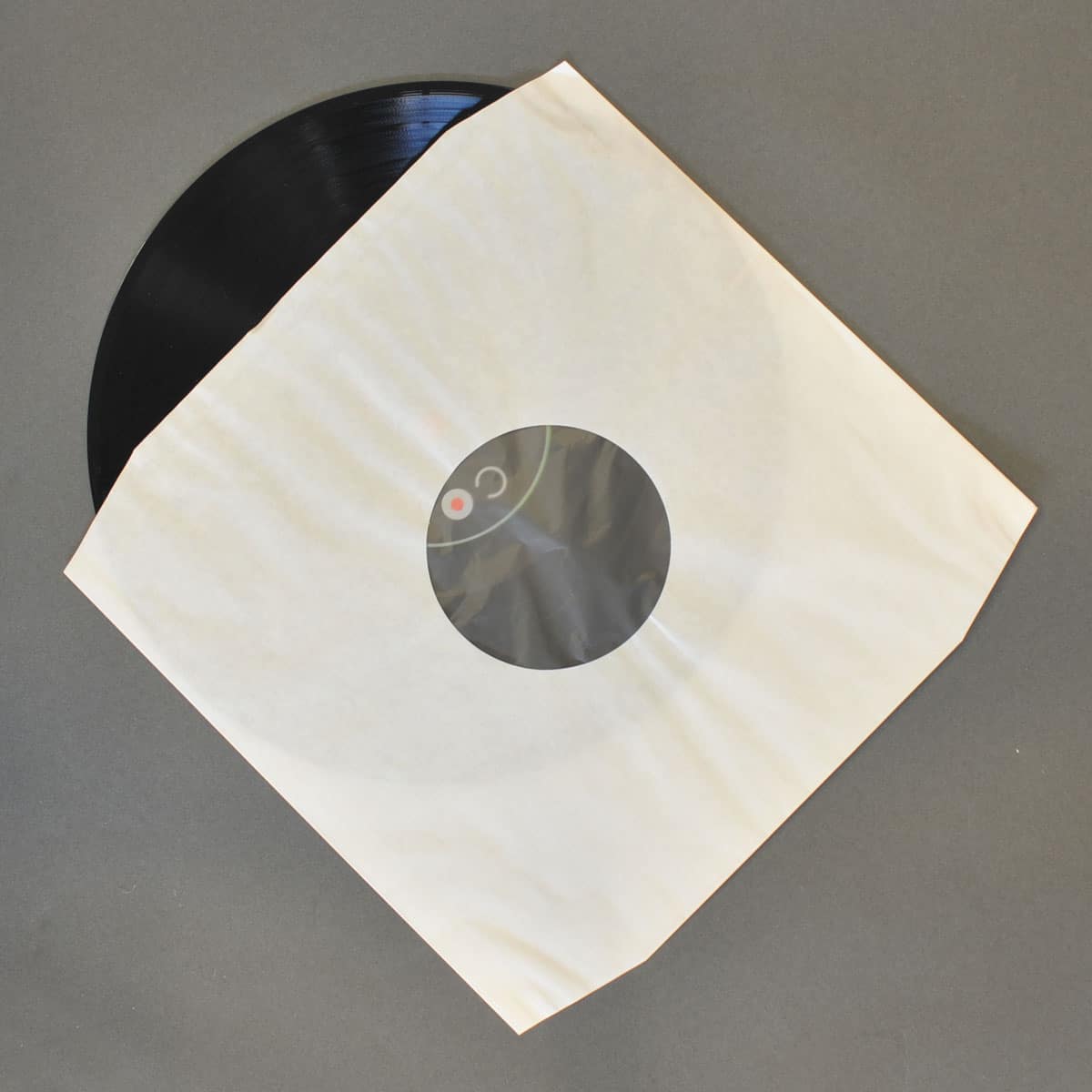
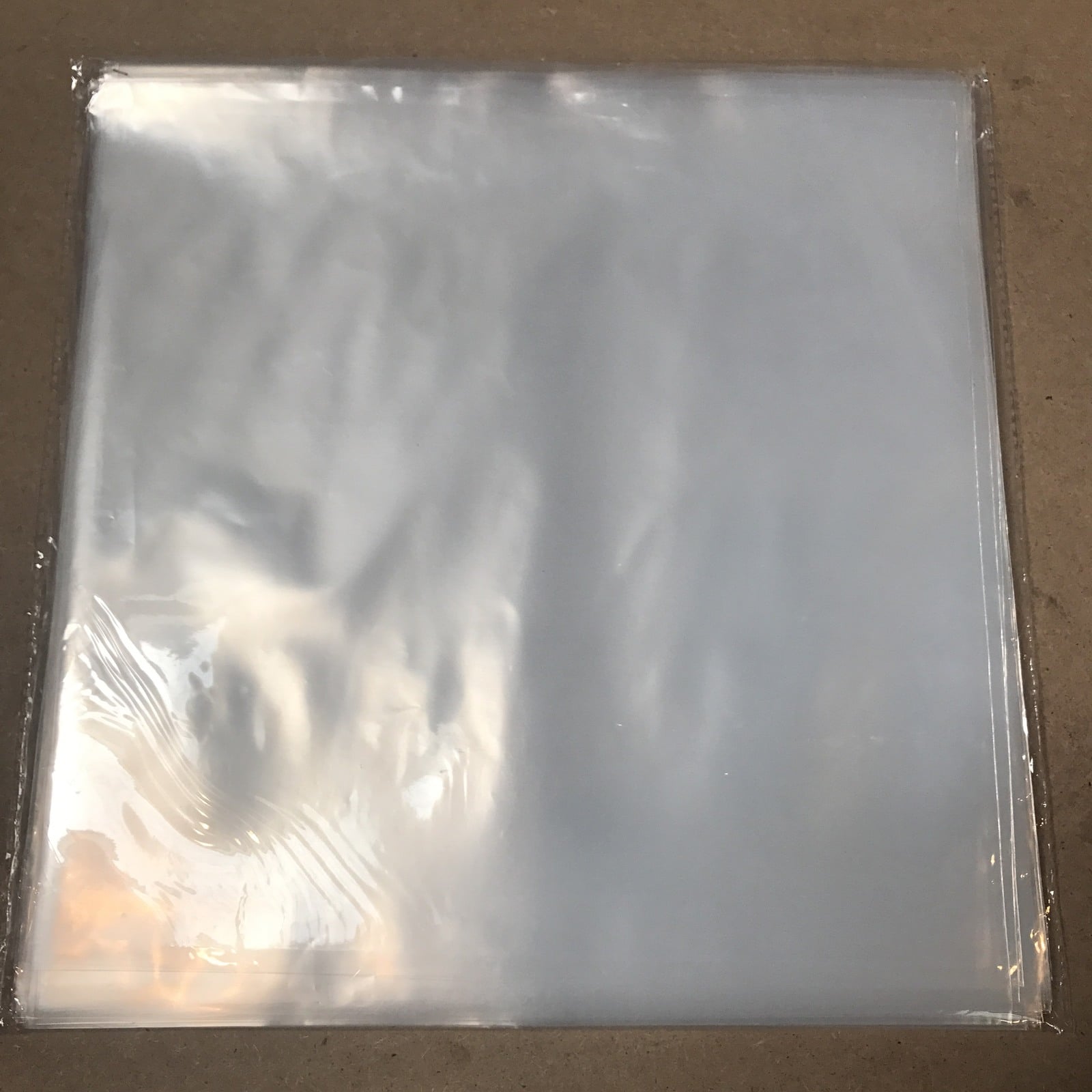
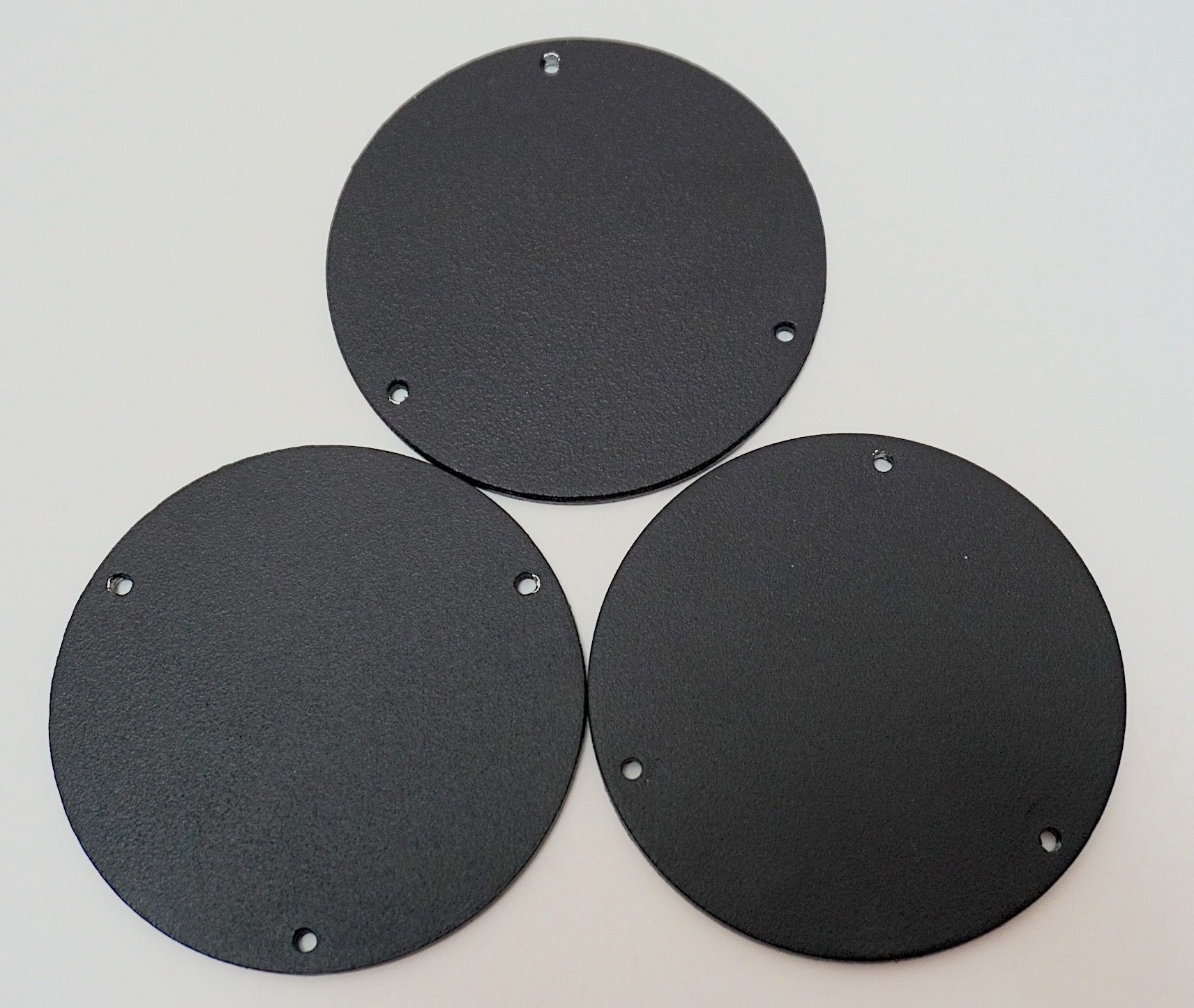
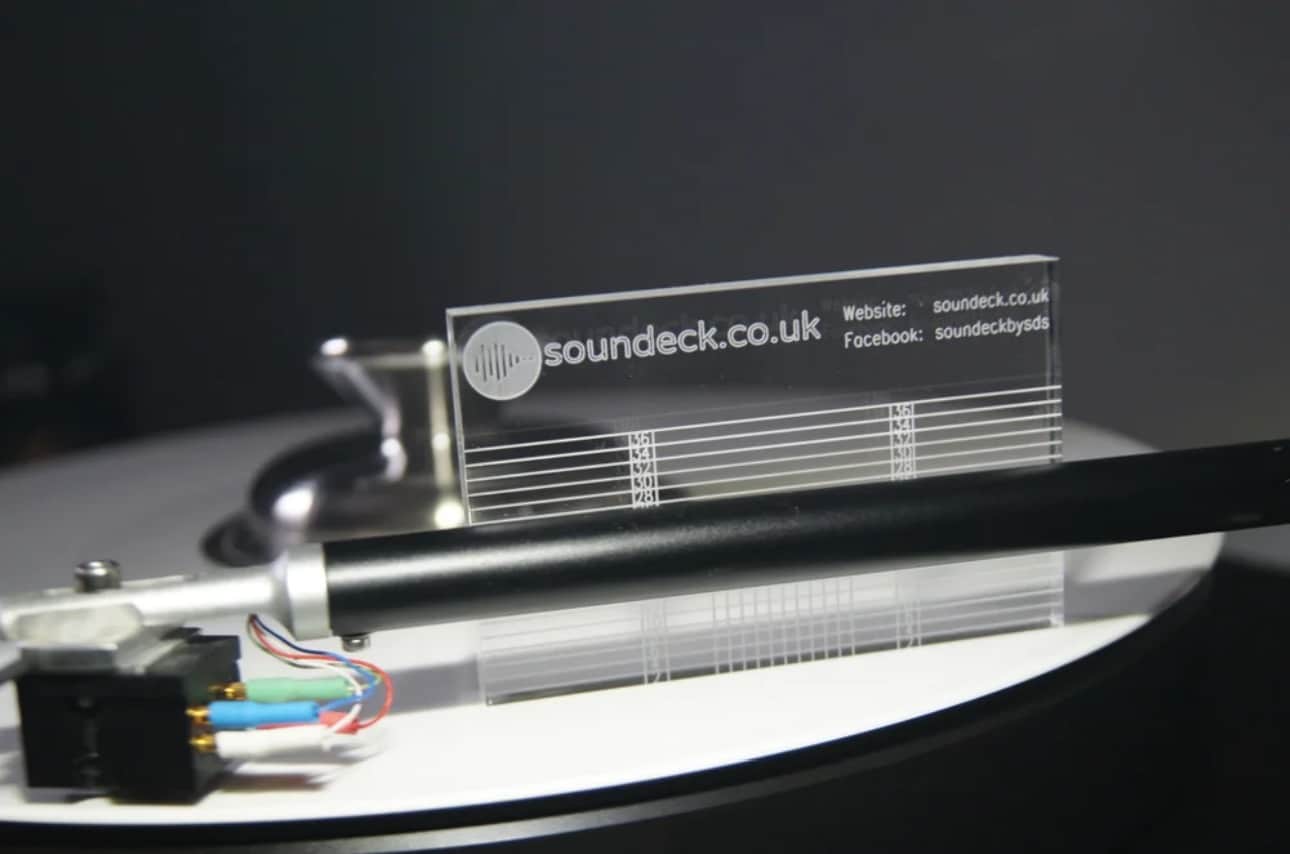
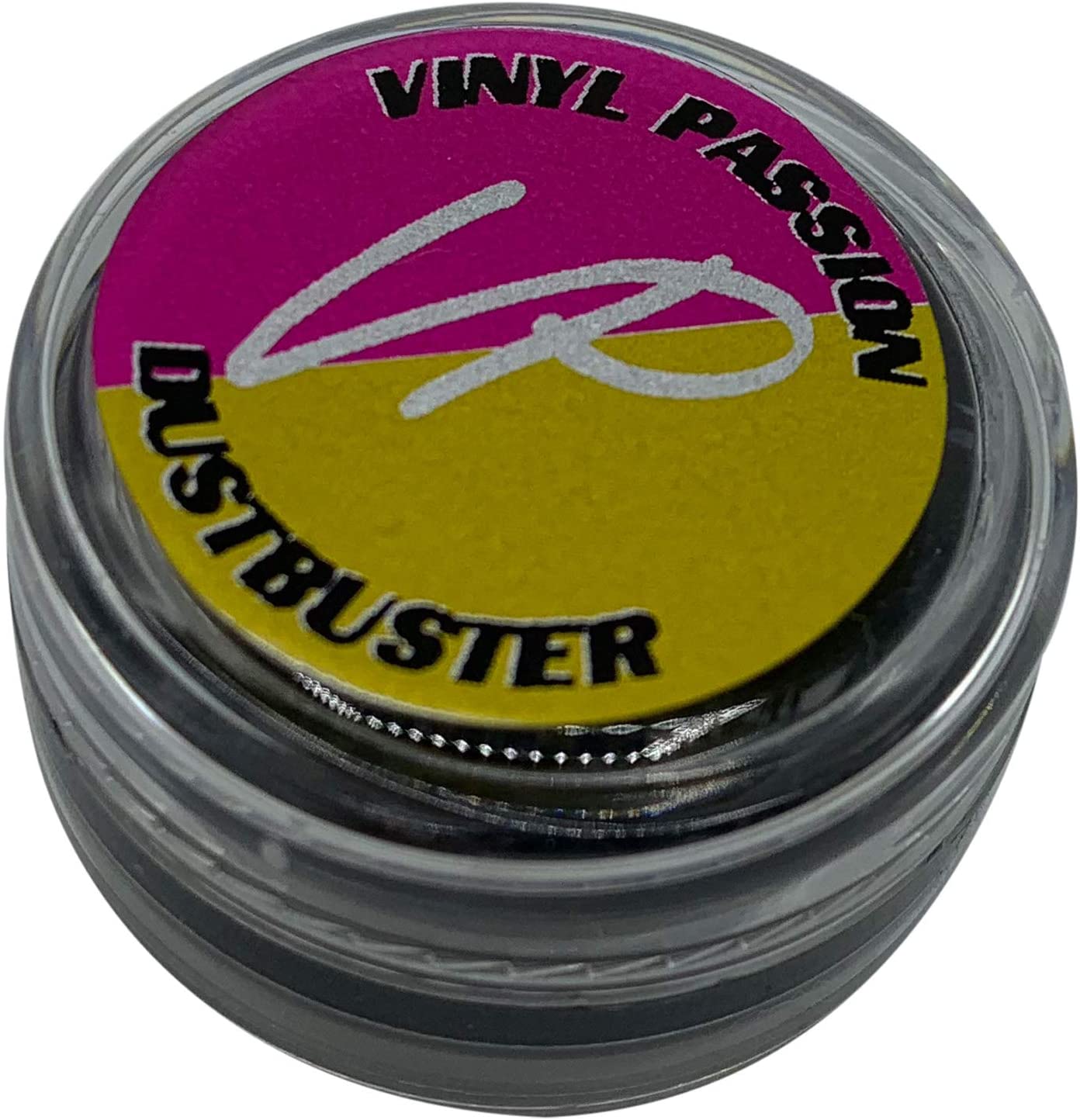
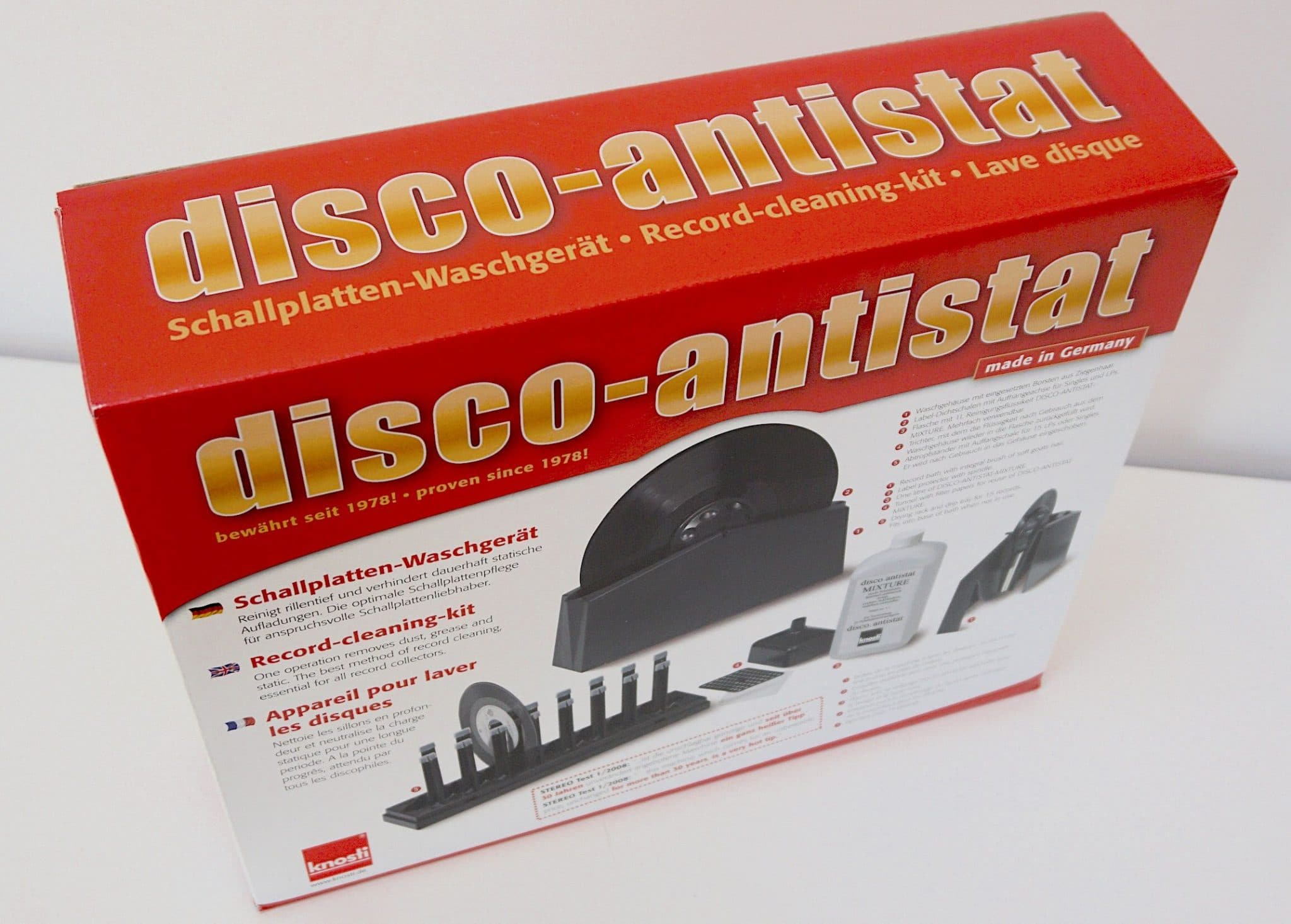
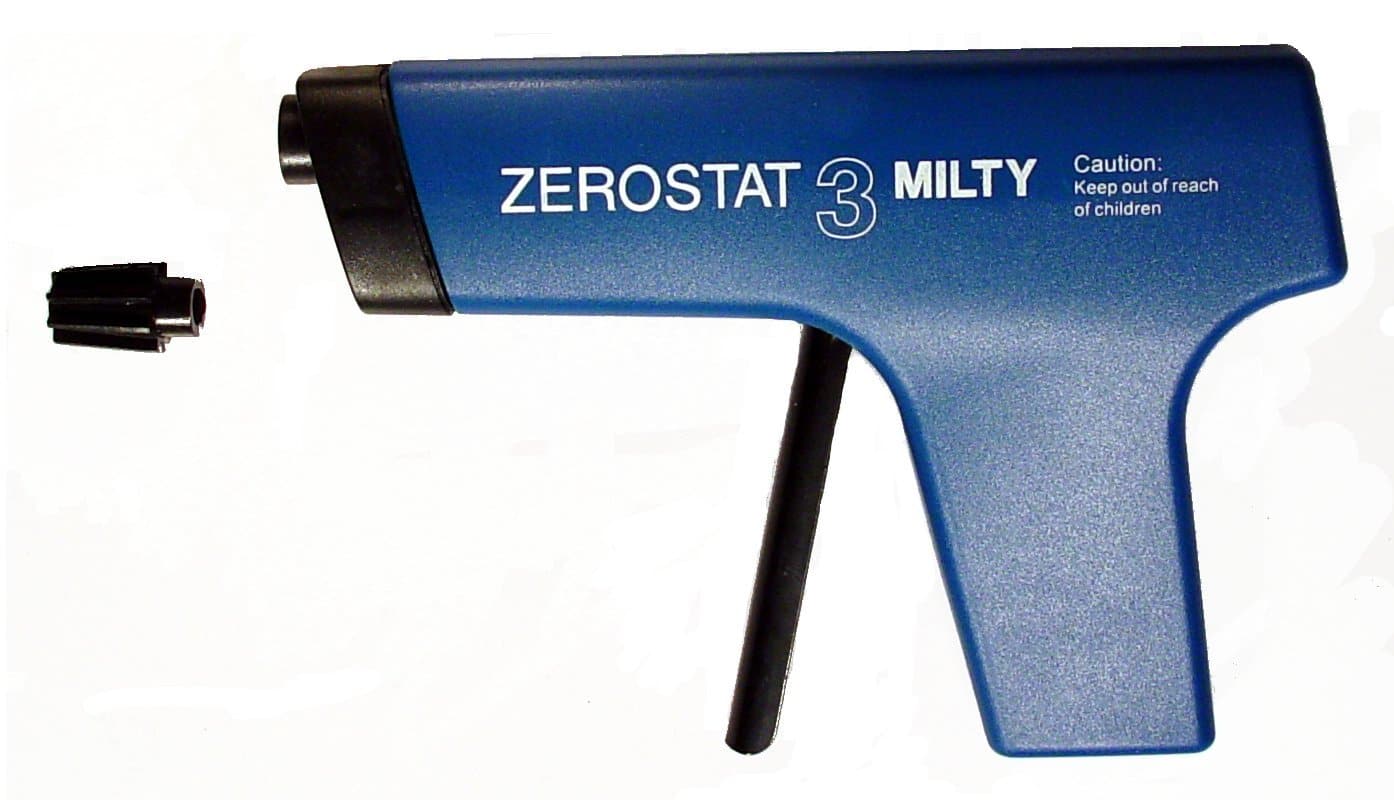
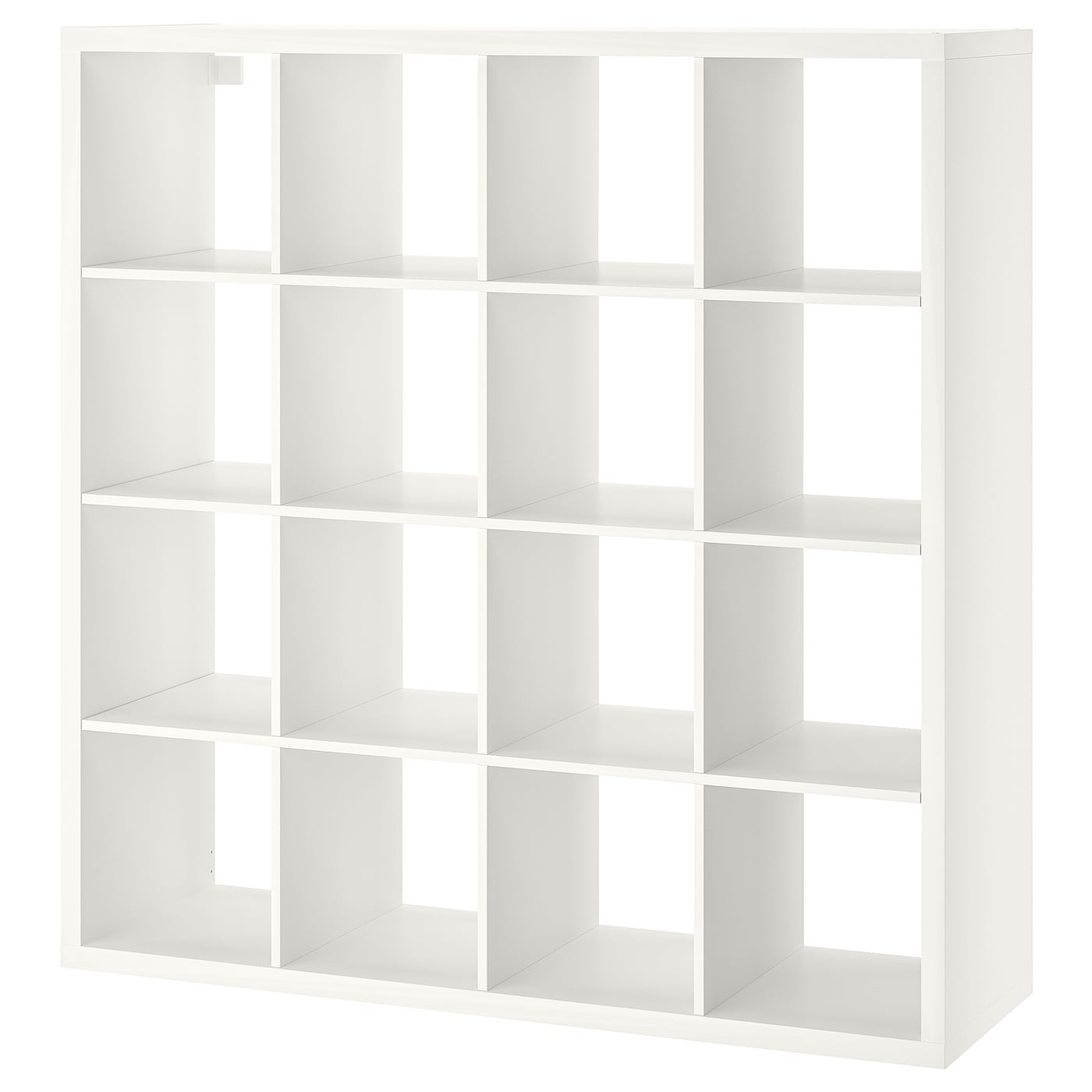
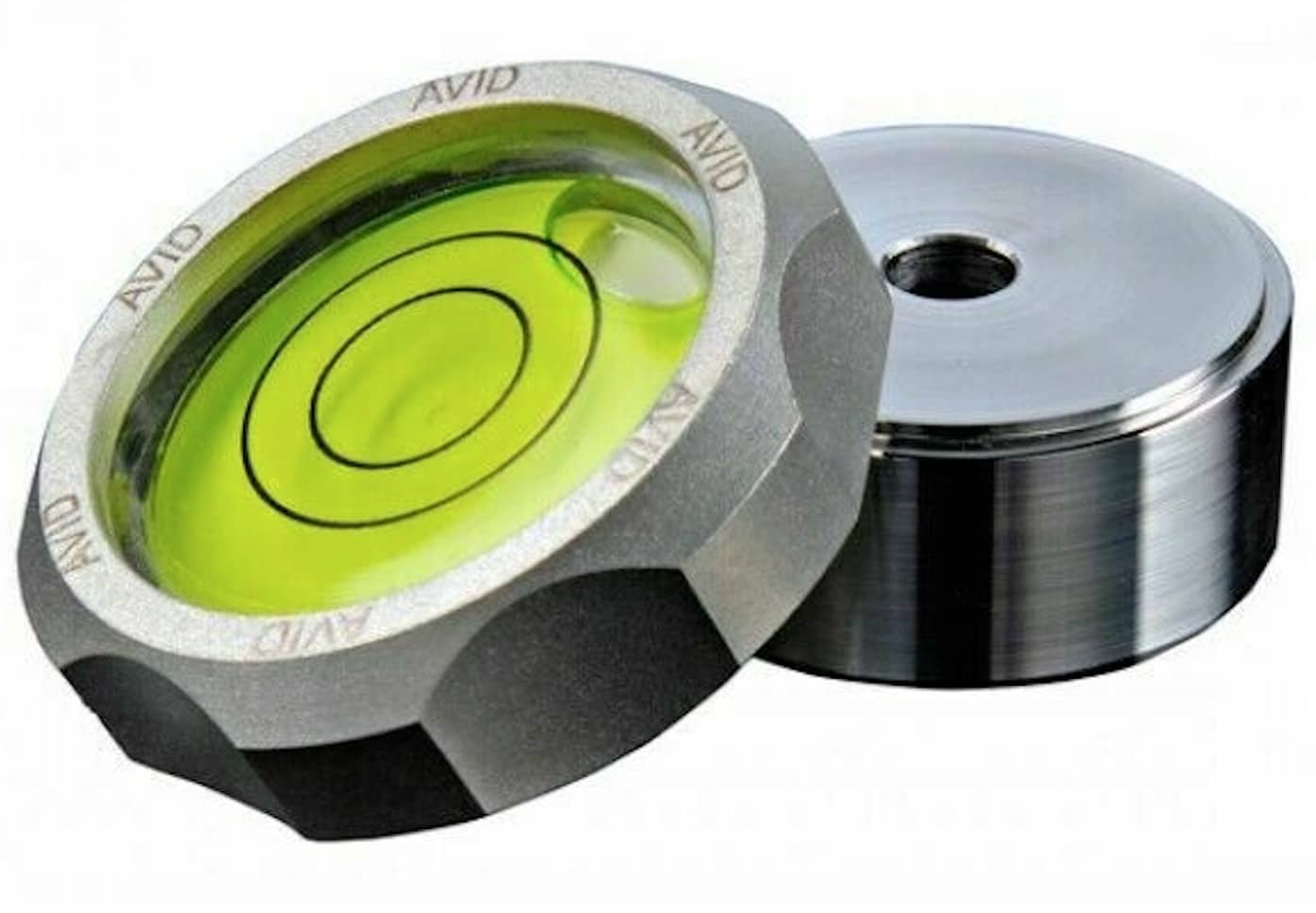
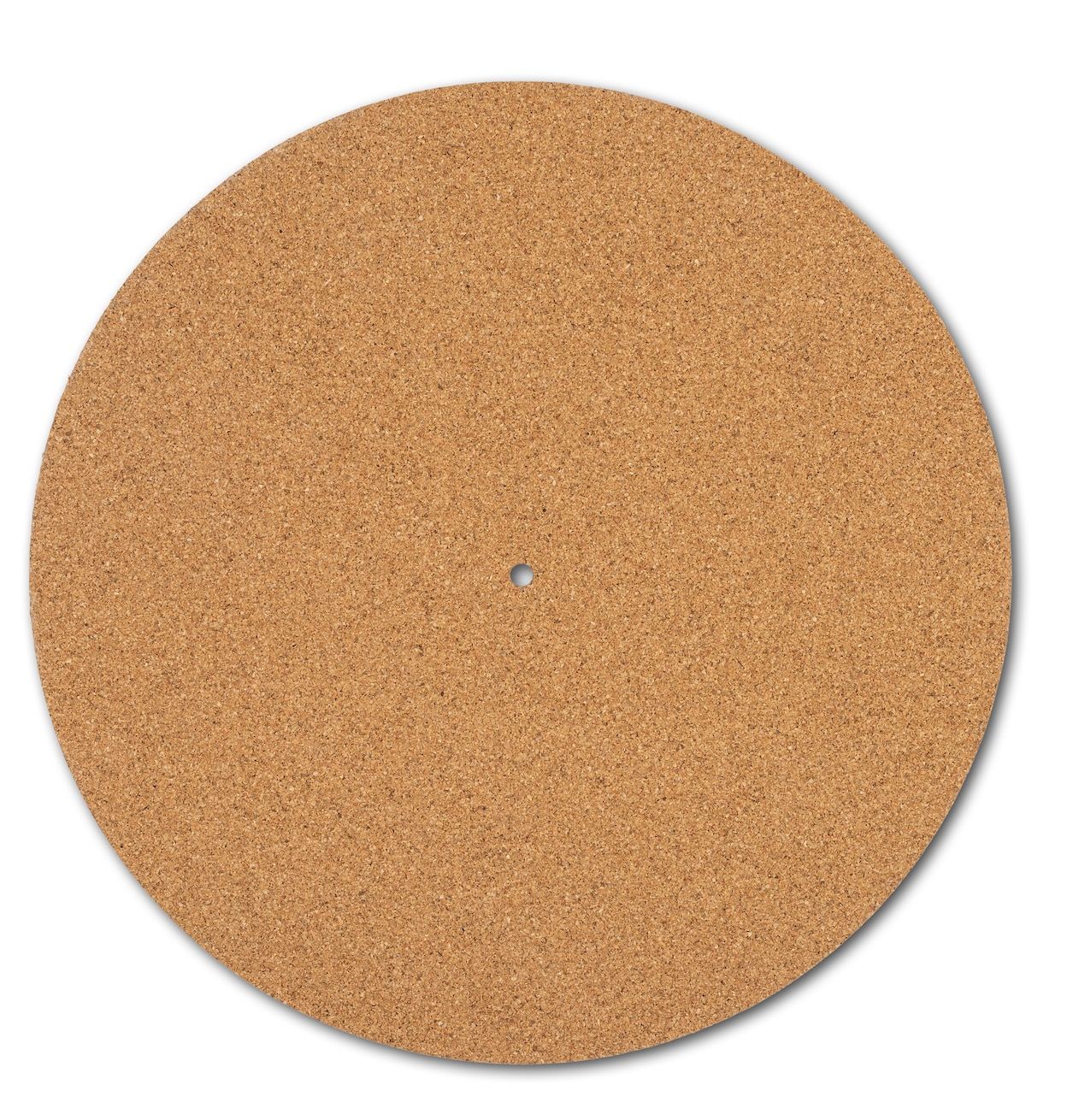
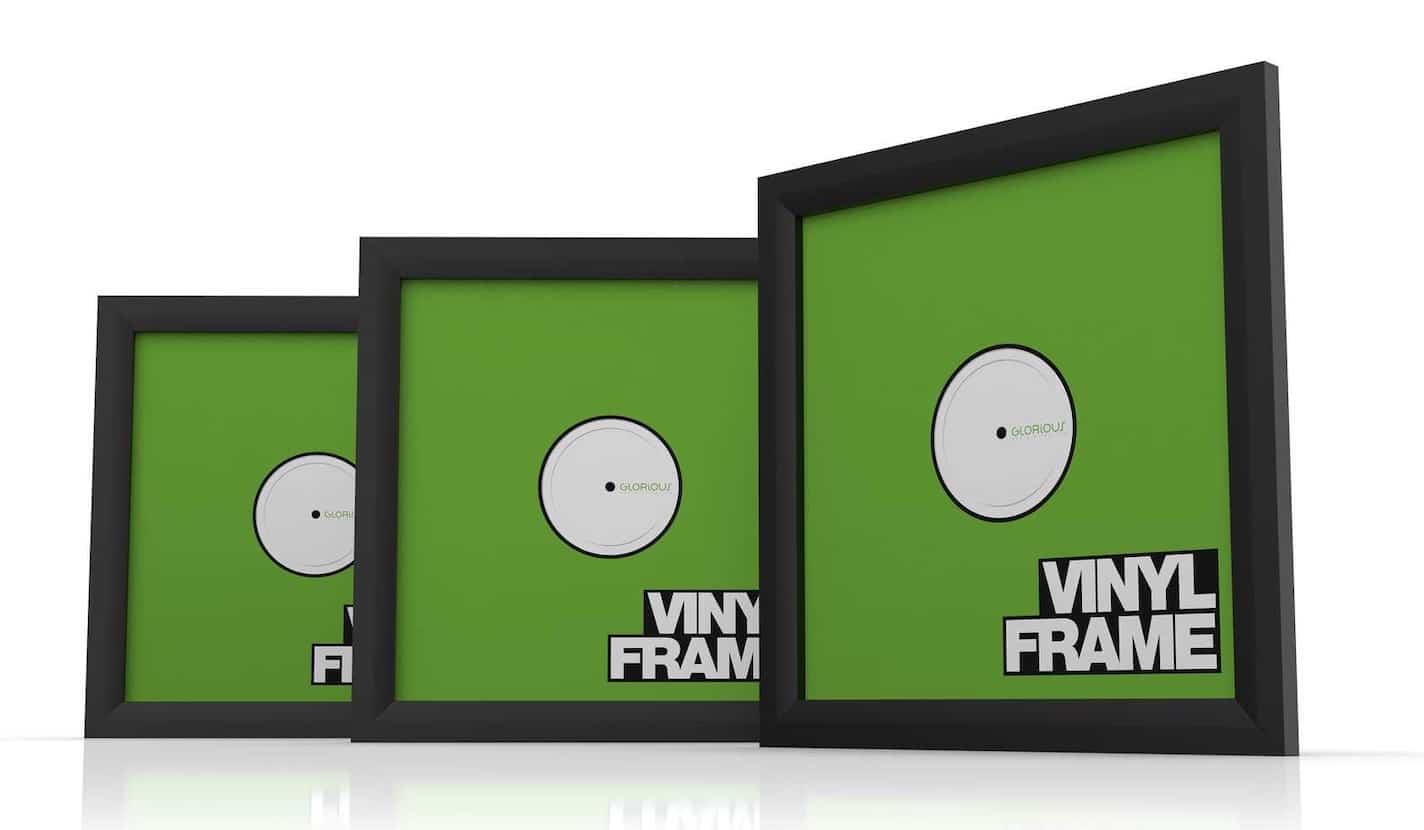
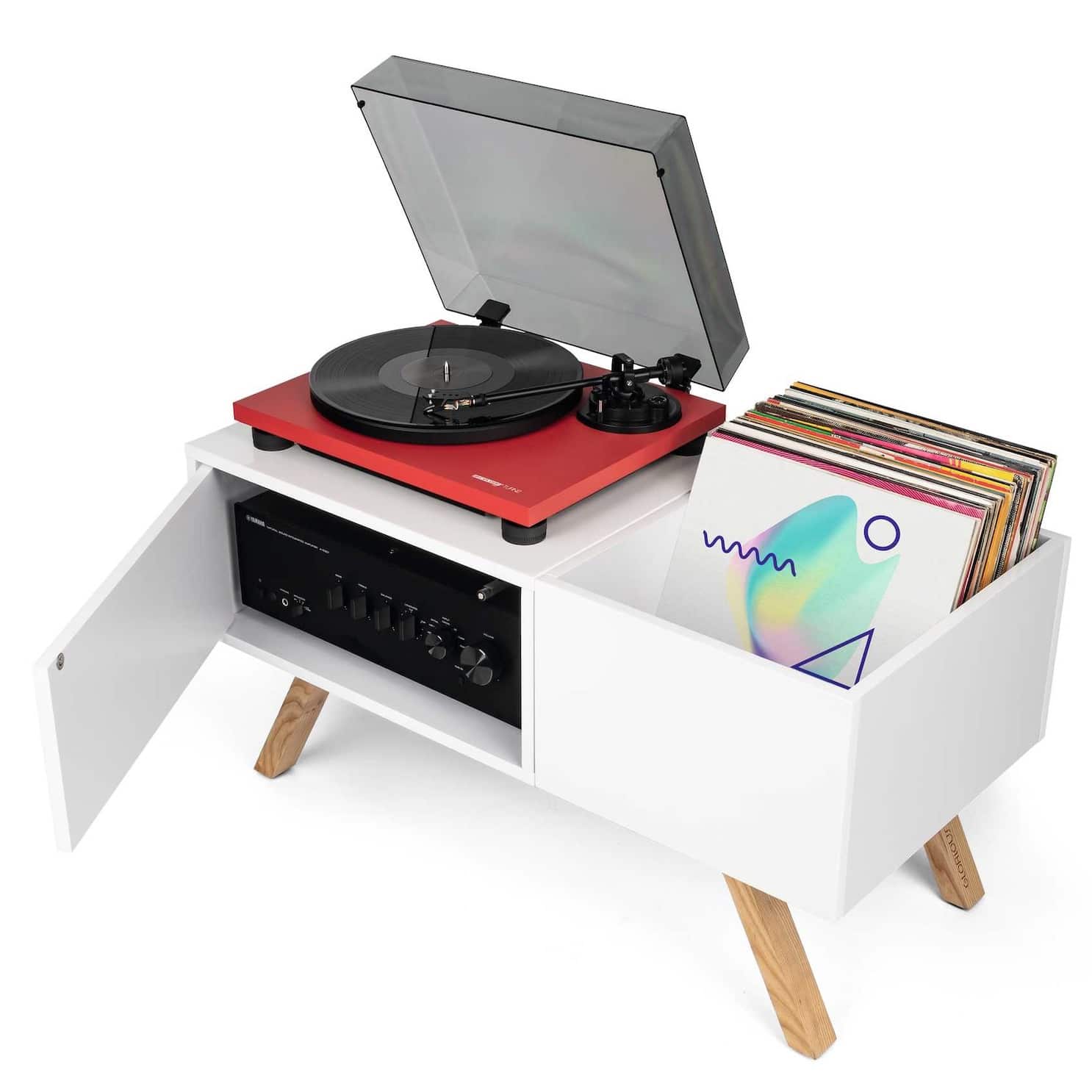
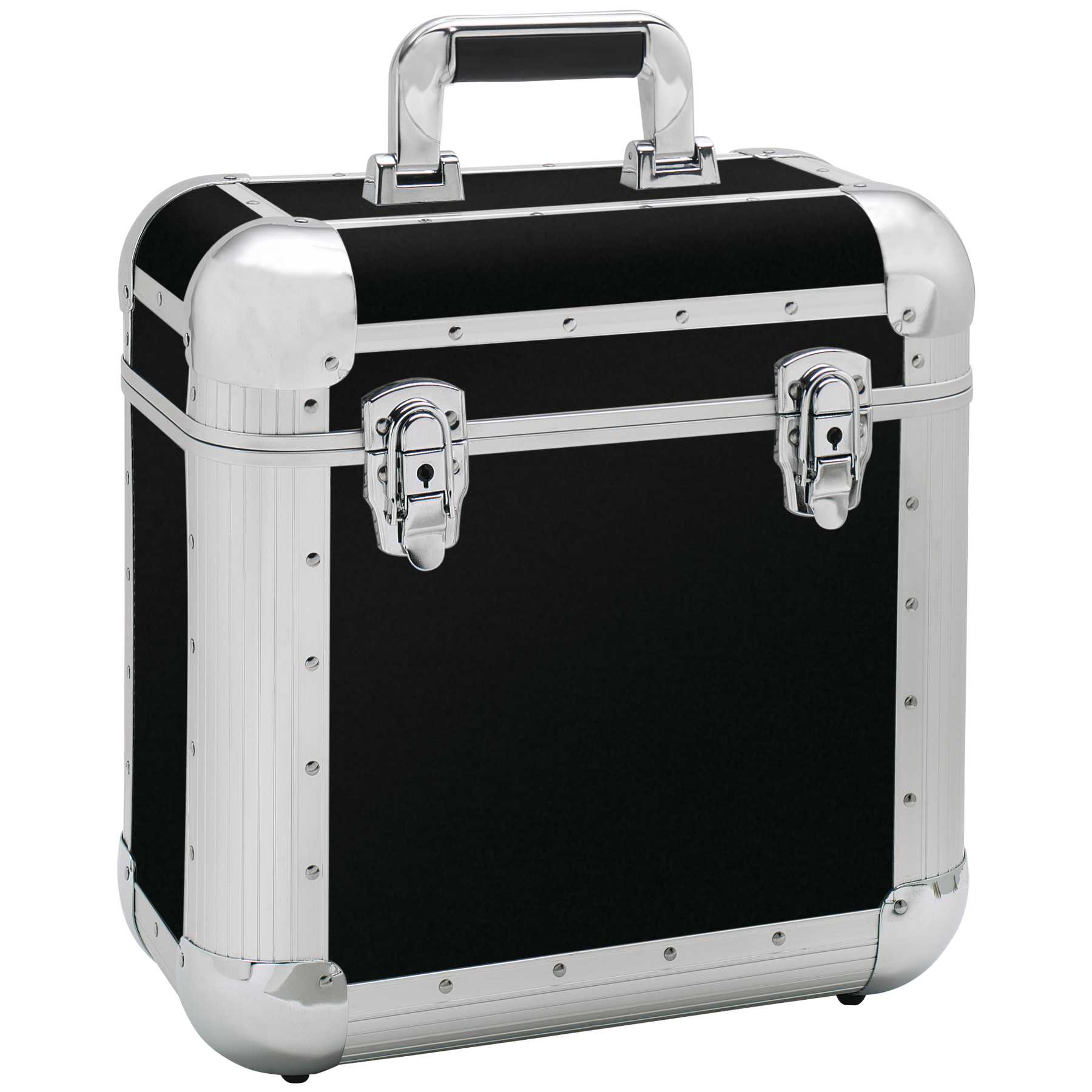


Kudos on your down to earth writing style regarding the Audiolab CDT6000. It was exactly the in depth 411 I was looking for. I was very fortunate to find a slightly used one at a great price (said to have about 100 hours). Still breaking it in, but dead cold it was obvious you were spot on.
Thanks Rob – very nice of you to say.
Hi Paul, very good list, but I have a question regarding an item that is not in this list of yours, if you don’t mind. And I really rely for your audiophile opinions for my shopping. The question is: do you think that the anti-static dust brush tonearm is a good accessorie for the rega P1? Would you know if it has any visible affects on the overall sound quality?
I’m not a fan of these devices because they tend to generalise. They move dust (some dust from my experience) around the record and not a great deal more than that. They talk a good game, as it where.
If you want to go down that route then a ‘manual’ carbon fibre brush is a better bet because I find that they dig into the grooves further and you have total control of the particular circumstances you find on that particular record. That is, you can concentrate on applying more attention here than there. For example, there may be a small sand dune accumulating around track three, for example.